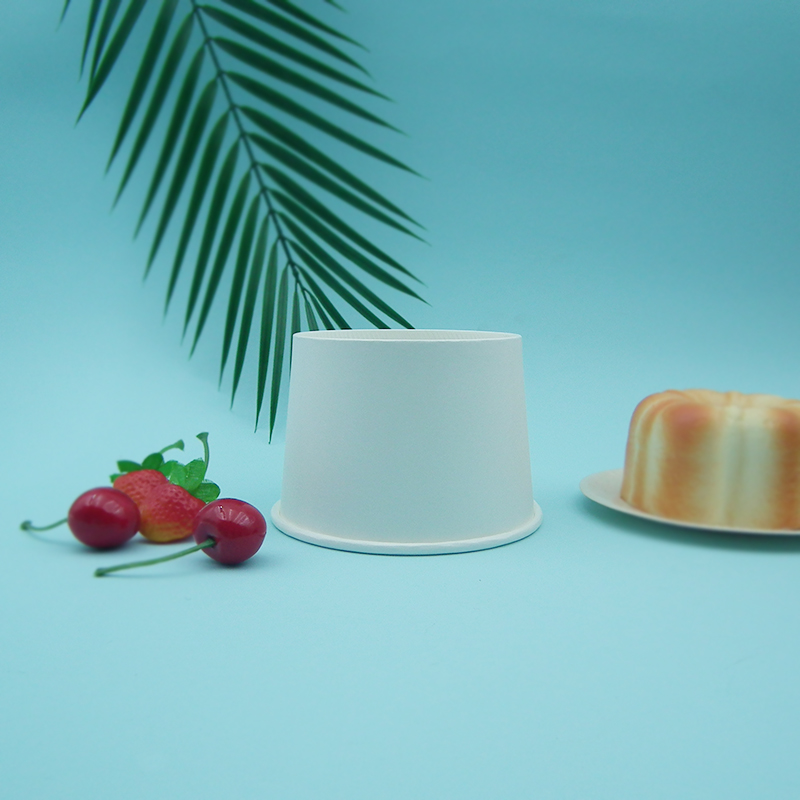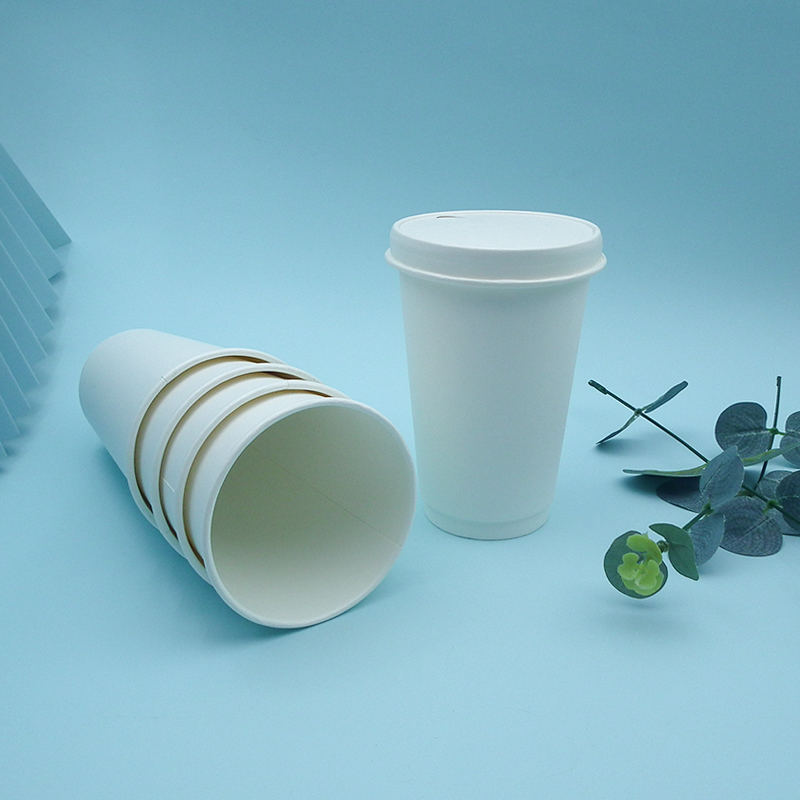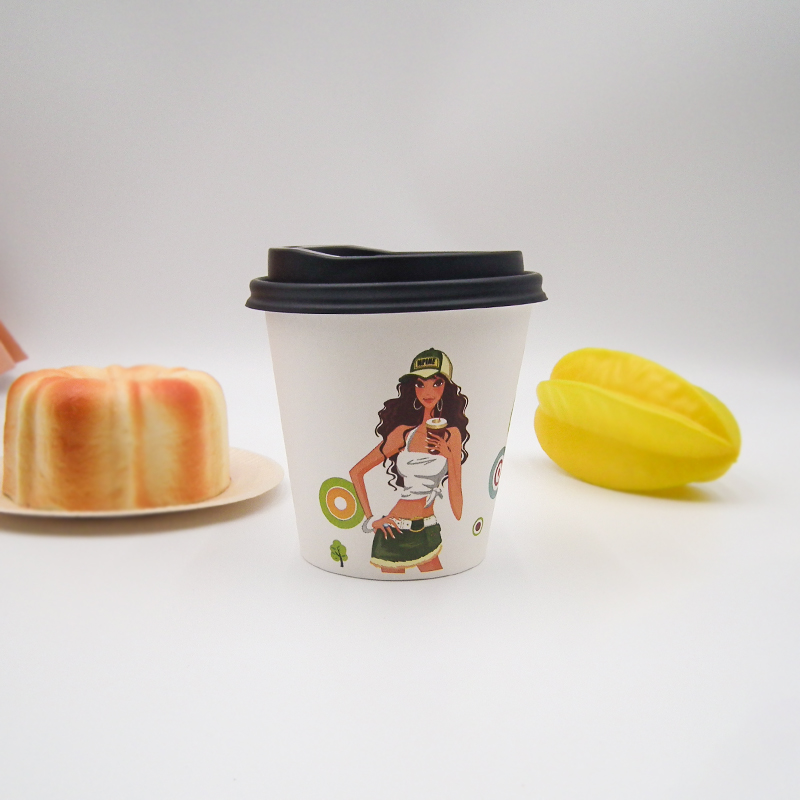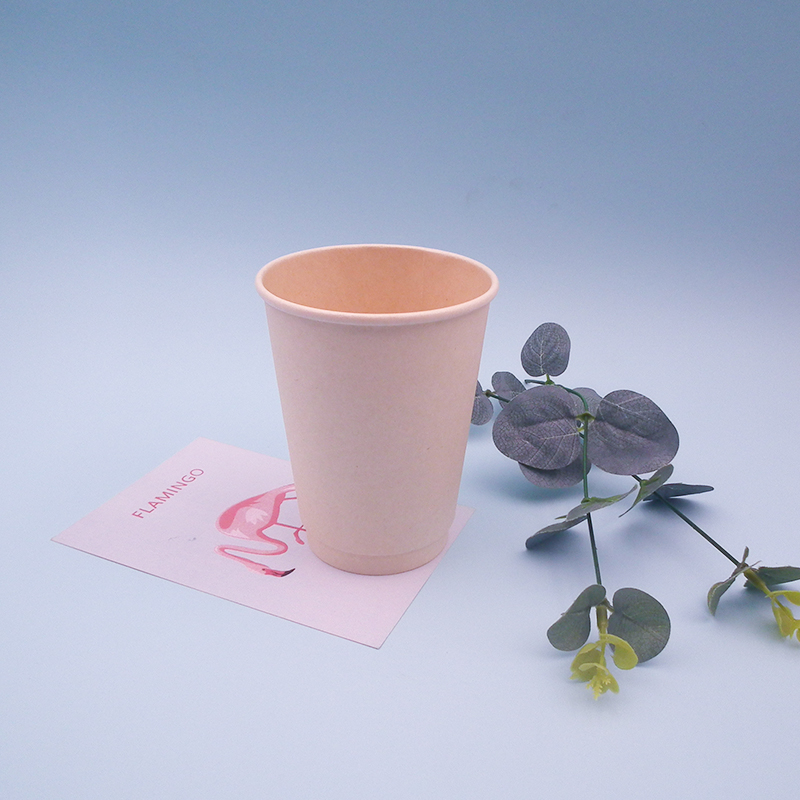
Disposable Cups Available In the Market
Have you had your morning coffee in a biodegradable cup? Have you ever thought about the type of cup you drink in? Whether you are a restaurant owner or a customer who wants to take advantage of disposable cups, you should know that this product has played a key role in satisfying customers around the globe.
There are dozens of options to choose the right cup. So we hope this information will help you make the right choice. All disposable cups are made from the following four materials:
1- Polystyrene cups
Polystyrene cups were introduced to the market thirty years ago. They were considered a convenient product that did not transfer heat to the hand of the customer. However, these cups are not a good option for recycling. Polystyrene, which is a type of petroleum polymer, cannot be completely decomposed even after five hundred years. Statistics have shown that 25 billion polystyrene cups are thrown away every year in the United States. When in contact with a hot drink, the body of these products leaks into the drink which will disrupt the consumer’s endocrine glands. Research on polystyrene cups has also concluded that the use of these cups can cause long-term and chronic health problems.
These problems will have negative effects on the reproductive and nervous systems. Also, scientists discovered that when polystyrene cups are burned, about 90 toxic and dangerous chemicals are released. However, due to the low price of these cups, polystyrene cups are still considered one of the main options for restaurants and catering.
2- Plastic cup
Plastic cups are the most sold and used in the disposable container industry. The main problem with plastic cups is that these products are more harmful to human health than foam cups. According to statistics, 500 billion plastic cups were consumed in 2018. This shows how vast the market for disposable cups can be.
The material
Plastic cups are usually divided into two categories. Thermoplastic cups are flexible when heated and can be deformed. Thermoset cups, are not flexible and have considerable strength when they are exposed to heat. None of these two categories can be decomposed in nature. Unfortunately, by far 80% of plastic products are thrown away in the environment. Researches show that plastics generally make up 30% of all waste.
Many manufacturers of disposable plastic cups claim that these products are recyclable or compostable. This is not true! Mind that only 9% of plastic products can be recycled. Since plastic cups are more common, available and cheaper compared to other alternatives, they still have the highest sale portion in the market. The big advantage of plastic cups is that they are stable and more resistant in the long run. Plastic cups are light and transparent.
Disadvantages of plastic cups
Plastic cups are not suitable for hot drinks such as coffee or tea. Because plastic cups are not insulated and can transfer heat to the hands. Also, when hot drinks are poured into plastic cups, bisphenol (BPA), which is a dangerous substance, enters the drink. Bisphenol A causes endocrine disorders. This means that it has the potential to interfere with a person’s hormones. Also, this combination affects reproduction and brain development. But still, due to other advantages said above, these products are still the best-selling disposable cups in the market.
3- Paper cups
Paper cups were introduced as environmentally friendly cups. The price of these cups is higher than polystyrene cups. They can, however, transfer heat to the hand. Polyethene is used in the inner layer of these cups. This layer is for insulation and can increase the durability of paper cups. The heat will release polyethene. Polyethene causes DNA damage and can also contribute to Alzheimer’s and cancer. Paper cups are not environmentally friendly. This is mainly because millions of trees have to be cut every year to prepare the raw material for making paper cups.
4- Biodegradable Cup
The biodegradable cup is made from renewable resources such as corn starch. Unlike styrene cups, plastic cups and paper cups, biodegradable cups are decomposed in the environment. Biodegradable cups are produced globally. In Iran, these products are manufactured using the latest technology. A biodegradable cup is one of the best-selling in the packaging industry market. Biodegradable containers all decompose in nature for by 6 months having the proper conditions (temperature, humidity and the presence of microbes). The following are the advantages of using herbal disposable cups:
A) They are more durable than paper cups
Biodegradable cups are stronger than paper products. Unlike paper cups, biodegradable cups will not easily break. Also, these cups do not leak. The strength of the biodegradable cups is completely equal to the plastic ones. In some cases, it is even stronger. At this site, we sell biodegradable cups in bulk. These products are made from corn starch and are manufactured in Tehran, Iran.
b) Reducing the amount of waste in landfills
Using biodegradable cups reduces plastic waste in landfills. Since biodegradable cups are an environmentally friendly option, it is safe to use them safely and then throw them away and stop worrying about plastic pollution in the environment.
c) Reducing ocean pollution
Using biodegradable cups will reduce plastic pollution in the oceans. Since the oceans are polluted with 18 billion pounds of plastic products every year, all aquatic and marine animals will be endangered. Using biodegradable cups reduces the volume of plastics entering the oceans. Of course, we believe that every waste should be placed in the right place. Neither in nature nor the oceans!!
d) Microwave safe
Biodegradable cups are safe to use in the microwave. You can put these cups in the microwave and heat your drink. Biodegradable cups have good strength and are unbreakable. They also have good resistance to relatively moderate heat.
e) Less energy consumption
Less energy is consumed to make these products than to make plastic containers. Also, making these containers will not cause any environmental pollution (industrial and water waste).
f) Biodegradable cups are non-toxic
No additional chemicals, bleaches, or dyes are used in the process of making biodegradable cups. That is why these products are completely non-toxic. Even the ivory colour of these products is from the natural colour of corn starch. You can serve and safely use it for every generation from young to old, without worrying about any types of health issues.
g) No further washing up post-consumption
Since biodegradable disposable paper cups have the same application as foam and paper cups, you can throw them away after use. These cups are not harmful to the environment and their waste can be decomposed into the environment.








